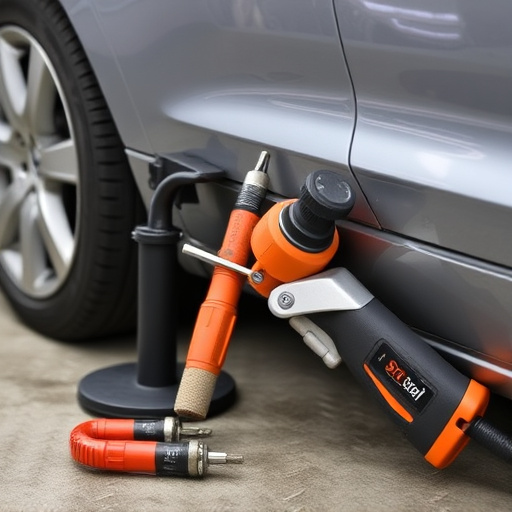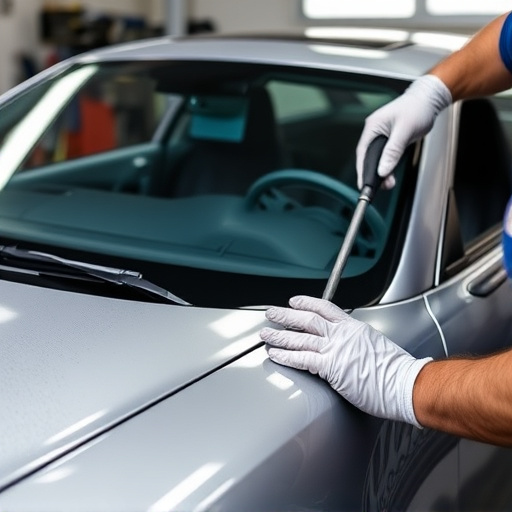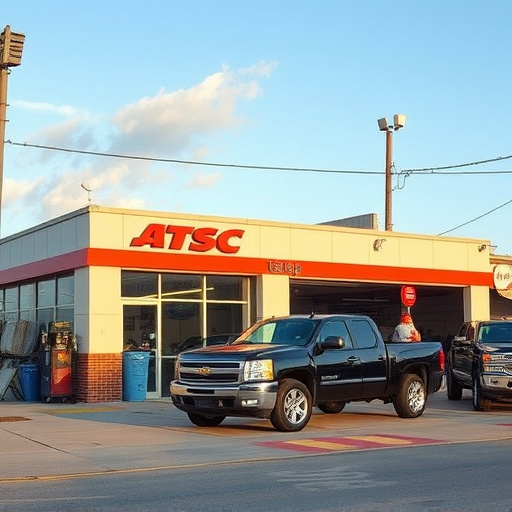In the digital age, auto owners demand transparency in repair processes, especially for complex tasks like Mercedes-Benz collision repair. A structured transparent repair process builds trust through clear communication, precise estimates, and detailed part replacements, fostering collaboration and enhancing customer satisfaction. Despite challenges with skilled personnel and overhead, long-term gains in loyalty and improved service quality make it a valuable strategy for modern workshops.
In today’s complex technological landscape, seamless handling of repairs is vital for customer satisfaction. The transparent repair process emerges as a game-changer, addressing the growing need for clarity in repair practices. This article explores how adopting a structured approach to transparent repair process can streamline intricate repairs, fostering trust among users. We delve into its benefits, from improved communication to enhanced efficiency, while also discussing challenges and strategies to overcome them.
- Understanding the Need for Transparency in Repairs
- Implementing a Structured Transparent Repair Process
- Benefits and Challenges of Adopting This Approach
Understanding the Need for Transparency in Repairs

In today’s digital age, where information is readily accessible, customers expect transparency and clear communication when it comes to auto maintenance and repairs. The traditional secretive approach to vehicle restoration can no longer cut it, especially for complex procedures like fender repair. A transparent repair process is not just a matter of customer satisfaction; it’s a competitive advantage for any automotive service center. By being open about the extent of damage, the steps involved in the repair, and potential costs, businesses build trust with their clients.
This level of transparency benefits everyone. For auto owners, understanding the process empowers them to make informed decisions about their vehicle’s care. It also helps set realistic expectations, reducing anxiety and ensuring they receive quality service without any hidden fees. Moreover, transparent communication facilitates effective collaboration between technicians and customers, leading to smoother repairs and better overall outcomes, whether it’s a simple fender repair or more intricate vehicle restoration work.
Implementing a Structured Transparent Repair Process

Implementing a Structured Transparent Repair Process involves several key steps to ensure smooth handling of complex repairs. It begins with a thorough assessment and detailed communication with the client, explaining each step of the repair process in layman’s terms. This approach fosters trust and builds a solid foundation for the subsequent stages.
For instance, in Mercedes-Benz collision repair or even dent repair and tire services, a transparent process means providing clients with clear estimates, outlining parts replacements, and detailing labor costs. By offering this level of transparency, repair shops can enhance customer satisfaction, reduce misunderstandings, and ultimately deliver superior service quality.
Benefits and Challenges of Adopting This Approach

Adopting a transparent repair process offers numerous advantages for handling complex repairs, such as car body restoration and tire services. This approach enables clear communication between mechanics and customers, fostering trust and ensuring everyone is on the same page regarding the scope of work and expected outcomes. By providing detailed explanations and justifying each step, workshops can address potential concerns, enhancing customer satisfaction. Moreover, transparency facilitates efficient project management, allowing for better allocation of resources and timely completion, which is crucial in fast-paced industries like car dent repair.
However, implementing a transparent repair process does come with challenges. Mechanics need to possess excellent communication skills and industry knowledge to convey complex technical information in simple terms. Workshops may also face initial resistance from customers who are accustomed to less transparent practices. Additionally, the process demands meticulous documentation and record-keeping to track repairs, materials used, and customer feedback, which can increase operational overhead. Despite these challenges, the long-term benefits of a transparent approach—including improved customer loyalty and enhanced reputation—make it a valuable strategy for modern automotive service centers.
The adoption of a structured, transparent repair process offers significant benefits in handling complex repairs efficiently. By promoting open communication, clear documentation, and collaborative decision-making, this approach enhances customer satisfaction and trust. While challenges such as initial setup costs and employee training exist, the long-term gains in operational smoothness and reduced downtime make it a compelling strategy for any business prioritizing quality and transparency in its repair services. Embracing this process can revolutionize how complex repairs are managed, fostering a new level of trust and efficiency within the industry.














